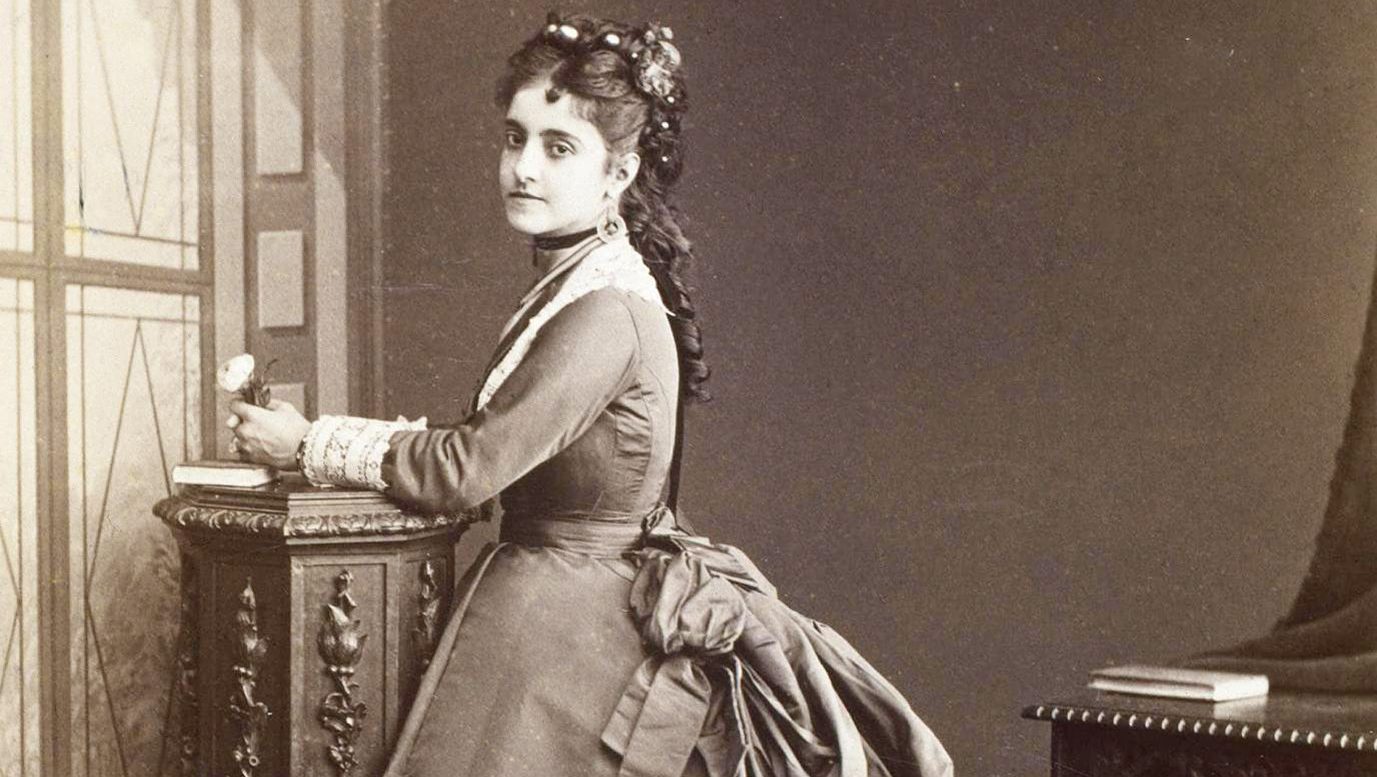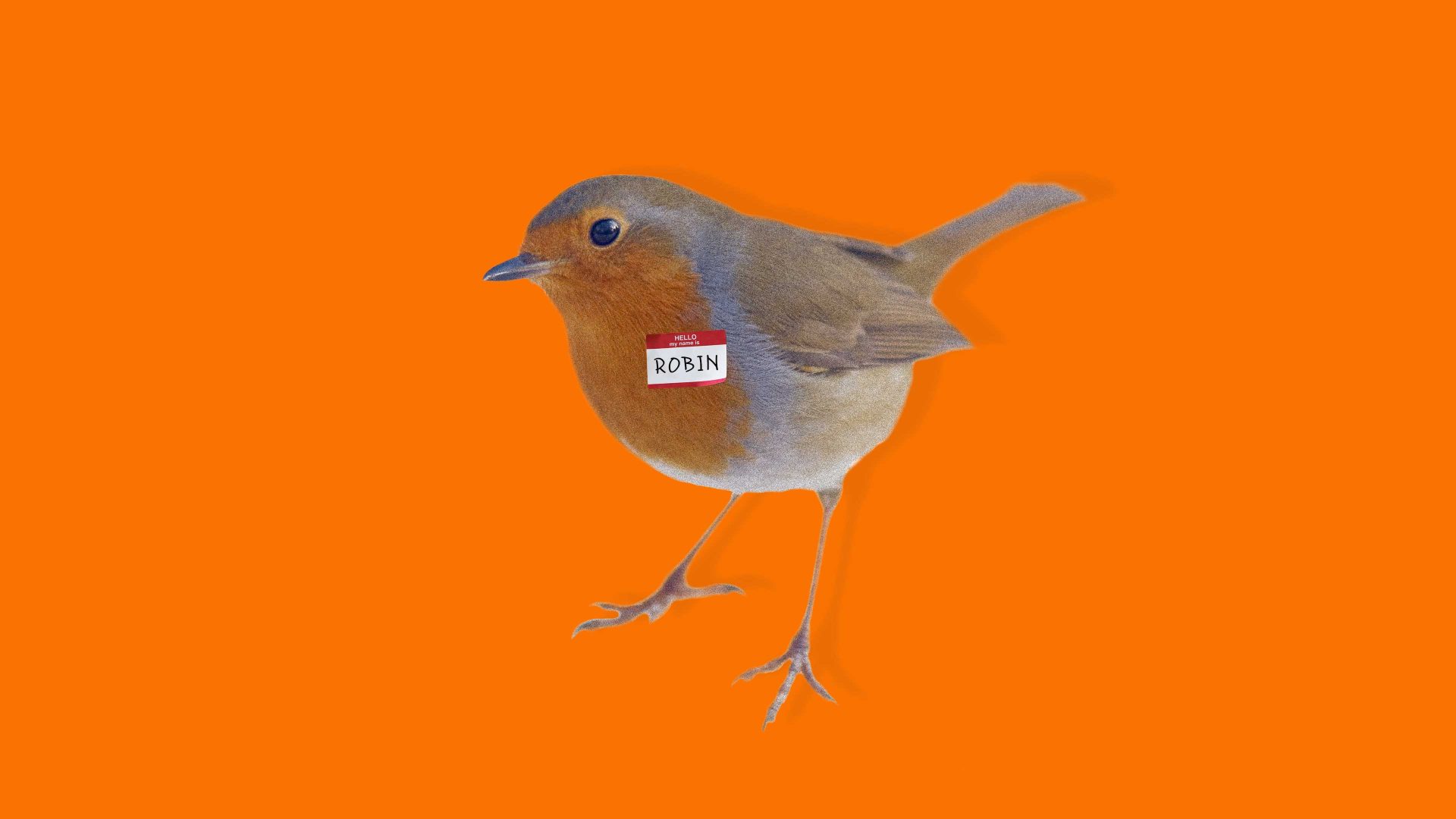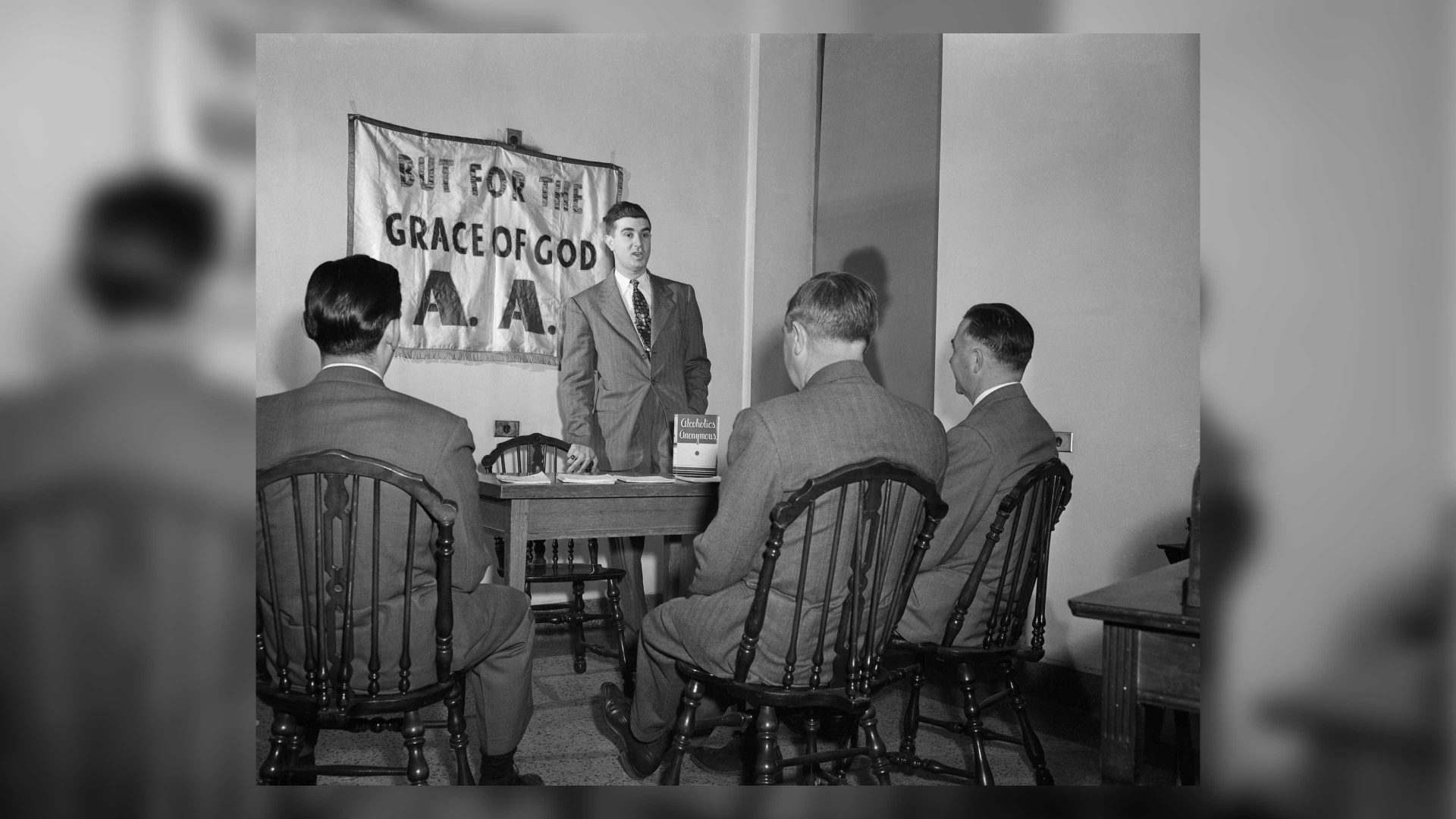The life of Adelina Patti could almost be the plot of an opera in itself. A child star from a musical family almost literally born on an opera stage, she rocketed to celebrity with her earliest performances to earn a fame that spanned continents and made her an extraordinary fortune. Thrice married, her personal life was tinged with scandal before she retired to a castle that could have come straight from a production of Wagner.
Patti’s was a celebrity almost unprecedented in the 19th century, something even more remarkable when at her pre-radio, pre-gramophone peak, the only opportunities to see and hear her perform were in the opera houses. Whenever she was in Europe, American newspapers chronicled her every move. When she was in the US, European periodicals printed updates almost daily.
Blessed with a combination of natural talent and extraordinary vocal stamina, Patti was versatile in her repertoire, once taking 14 different roles in one calendar year. If she could choose, however, she was always drawn to Rossini and Verdi.
Indeed, during the 1880s an opera house manager wrote to Verdi asking him to name three sopranos he felt best suited to the leading role of Violetta in La Traviata.
“First: Adelina,” the composer replied. “Second: Adelina, and third: Adelina.”
The signs were there almost from birth. Both parents were successful singers, her father, Salvatore, a tenor from Sicily and her mother, Caterina, the daughter of Rome’s best-known singing coach and a renowned soprano in her own right.
In February 1843 a heavily pregnant Caterina was performing in the lead role of Bellini’s Norma at the Royal Opera House in Madrid when she went into labour during the final scene, giving birth to Adelina in the Pattis’ hotel suite.
When Adelina was four years old the family relocated to New York, where the child soon displayed precocious talent, making her stage debut at seven and winning admirers with the crystal clearness of her tone and innate feel for vocal technique.
One morning when she was nine years old, Patti was practising at the family home in the Bronx when there was a loud knock at the front door. When her father answered, a policeman informed him sternly that a neighbour was complaining about the “fearful row” emanating from the Patti house.
When Salvatore protested that his daughter was rehearsing the policeman raised a doubtful eyebrow, at which point Patti was summoned to the door and instructed to sing. With each phrase, the officer’s expression softened from stern reproach to outright wonder. At the close of the song he nodded at Salvatore and said, “That’s all right. Let her sing”.
Patti recalled: “Thirty years later I was again singing in New York and the policeman wrote asking for two tickets for him and his wife. I sent them to him, together with a present.”
Patti was just 16 years old when she made her operatic debut in the lead role of Donizetti’s Lucia di Lammermoor in New York in 1859. The critics were astounded.
“The brilliant execution she begins with at the outset of her career ranks with that where the best singers end,” said the New-York Tribune. It was “one of the most remarkable operatic events in the history of the metropolis, or even the world,” according to the New York Herald.
When she arrived in England two years later to perform at Covent Garden, the 18-year-old proved such a success she was able to buy a house in Clapham with the proceeds, basing herself there for a subsequent conquest of the great opera houses of Europe.
Patti became almost as famous for the vast fees she commanded as for the quality of her performances. Far from playing down the amounts involved, venues and organisers seemed keen to boast of the astronomical sums they were paying to secure her services.
In 1882 the impresario behind her tour of the United States saw fit to complain to the Times after the newspaper had described her rumoured fee of a whopping £800 per performance – more than £50,000 today – as “probably imaginary”.
“I beg to inform you that Madame Adelina Patti is engaged to me for six months, commencing in October next, to sing at least twice a week for which she is to receive £917 a night,” he wrote. “In addition to this, Madame Patti will have her private Pullman travelling car, containing drawing and dining rooms, kitchen and sleeping accommodation for all her servants as well as the two cooks who will accompany the expedition.”
Commercially astute, Patti negotiated endorsement contracts for a range of products including Pears Soap, throat lozenges and a range of cigars bearing her name.
Despite an expensive 1885 divorce from her first husband, the Marquis de Caux, that cost her half of her fortune, Patti invested her wealth wisely, enabling the purchase of Craig-y-Nos Castle near Swansea, which she turned into a sumptuous home with 40 domestic staff in which to spend her retirement.
Her divorce from the marquis after a long separation spelled the end of a disastrous union during which both parties took on lovers, in Patti’s case the French tenor Ernesto Nicolini, with whom she lived for many years and who would, after much scandalous gossip in newspapers on both sides of the Atlantic, become her second husband. On his death in 1898 the 56-year-old married Baron Rolf Cederström, a Swedish aristocrat almost 30 years her junior.
Patti retired from the stage in 1906, making one last return in October 1914 at the age of 71 to headline a charity concert for the Red Cross at the Royal Albert Hall. Her performance of Voi Che Sapete from Mozart’s Le Nozze di Figaro earned such an ovation she returned for an encore of Home, Sweet Home, in effect her signature tune, a song she had sung at the White House for an admiring Abraham Lincoln more than four decades earlier.
Performing the same song for the doomed US president who epitomised the global 19th century and at a concert prompted by a conflict that would define the 20th only served to emphasise the longevity of Patti’s remarkable career.
For all her great wealth, fame and operatic personal life, however, it all came down to the sheer quality of her extraordinary voice, the one that enchanted everyone from a hardbitten New York police officer to the novelist Alexandre Dumas who once told her: “I love to listen to your singing. But if I were a bird I would die of envy.”




